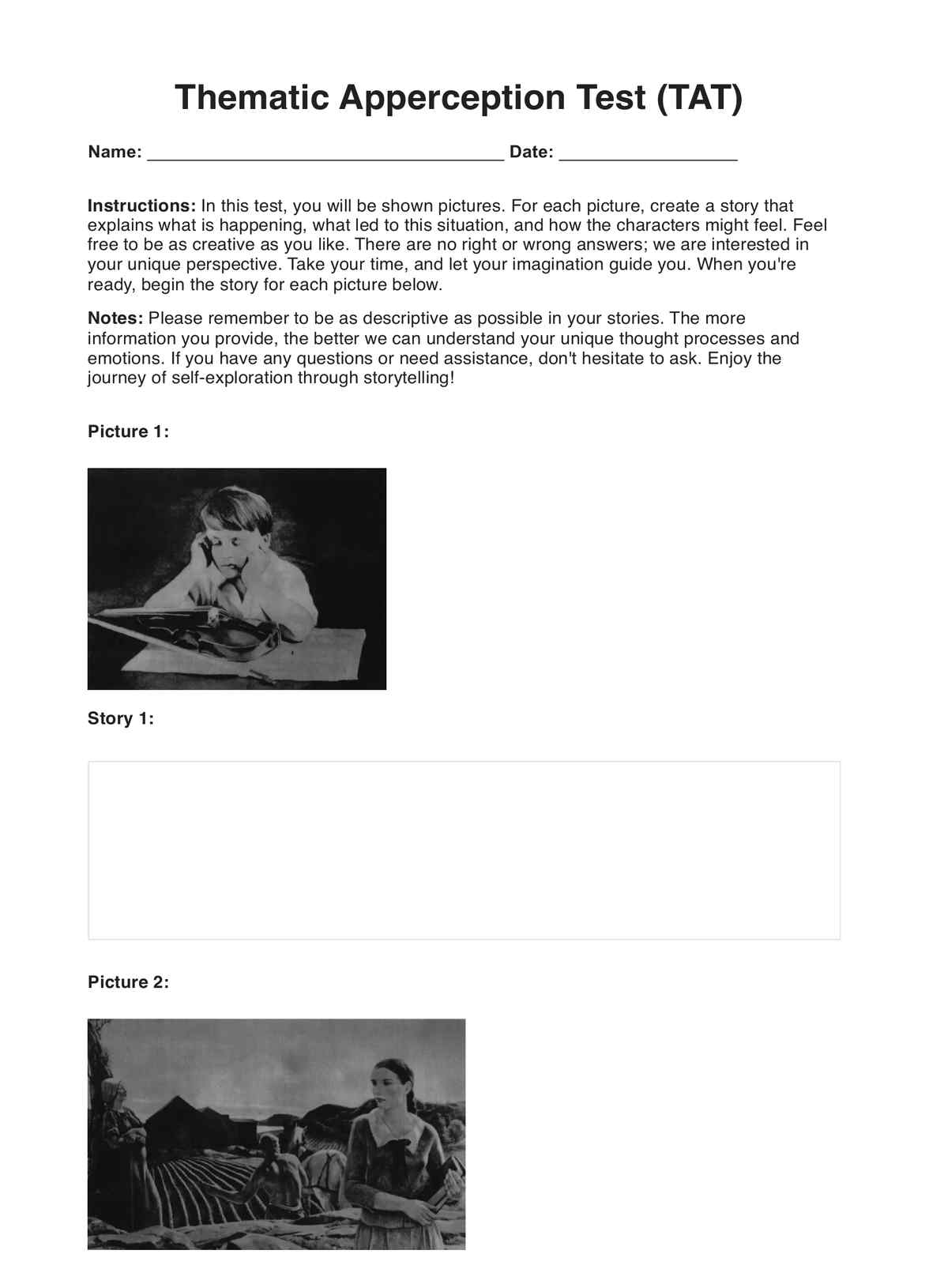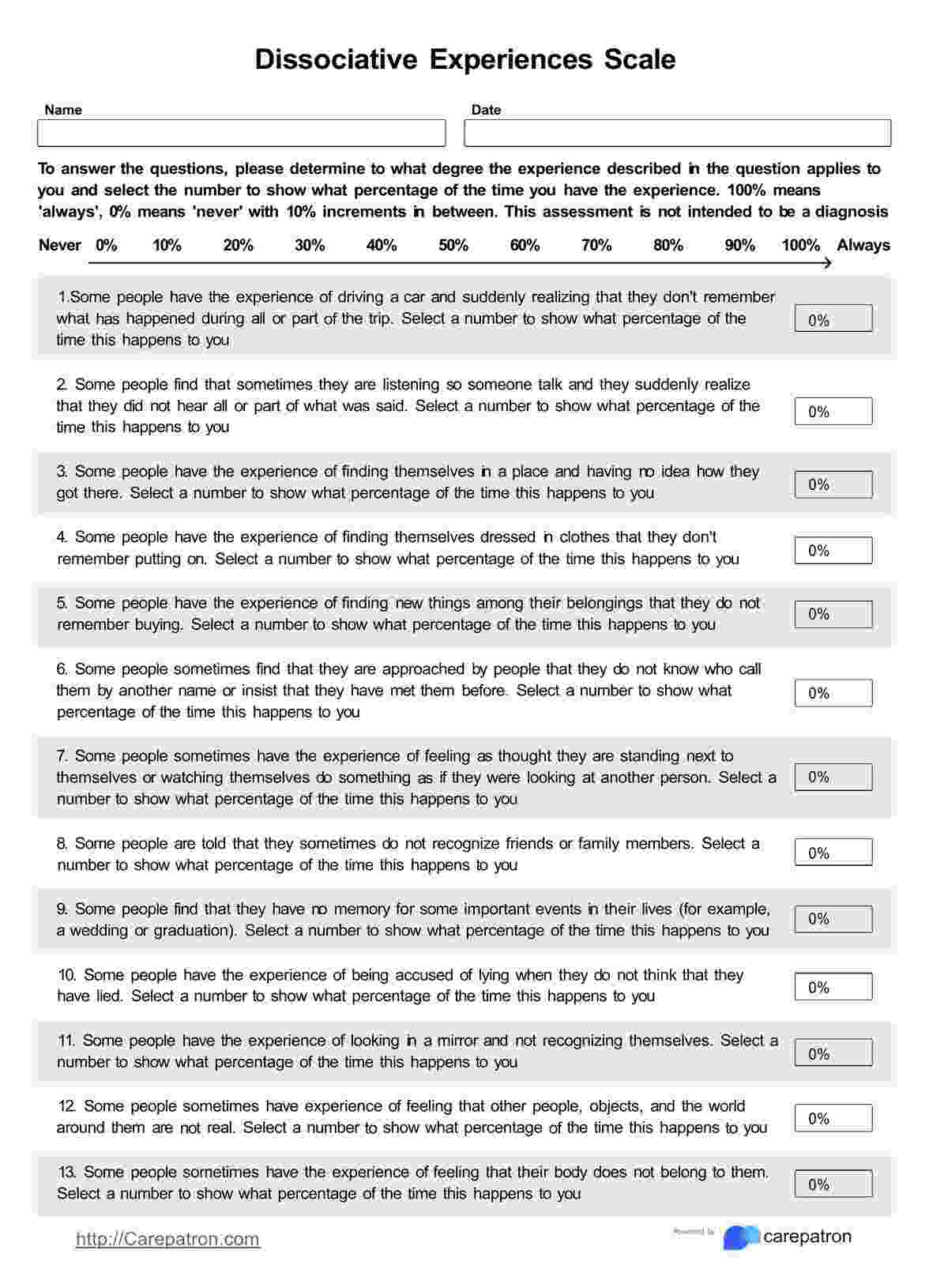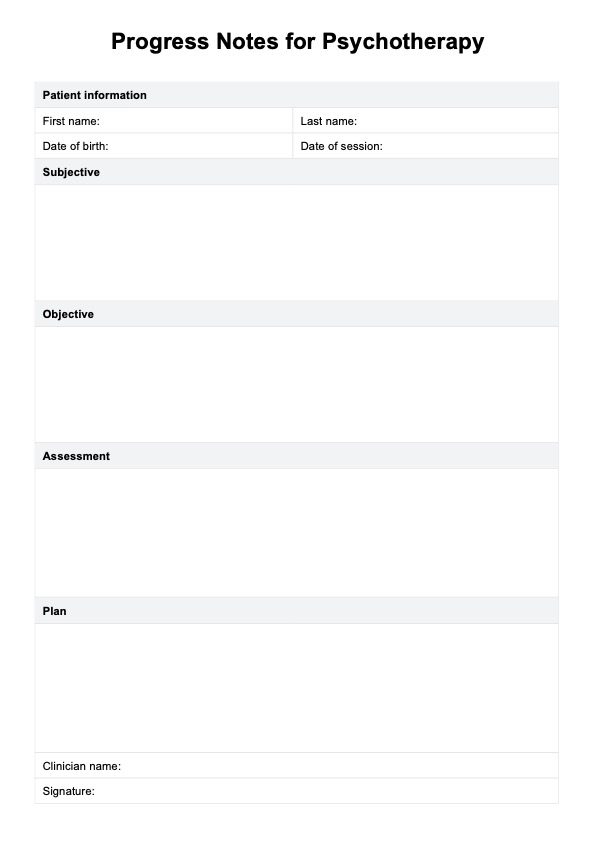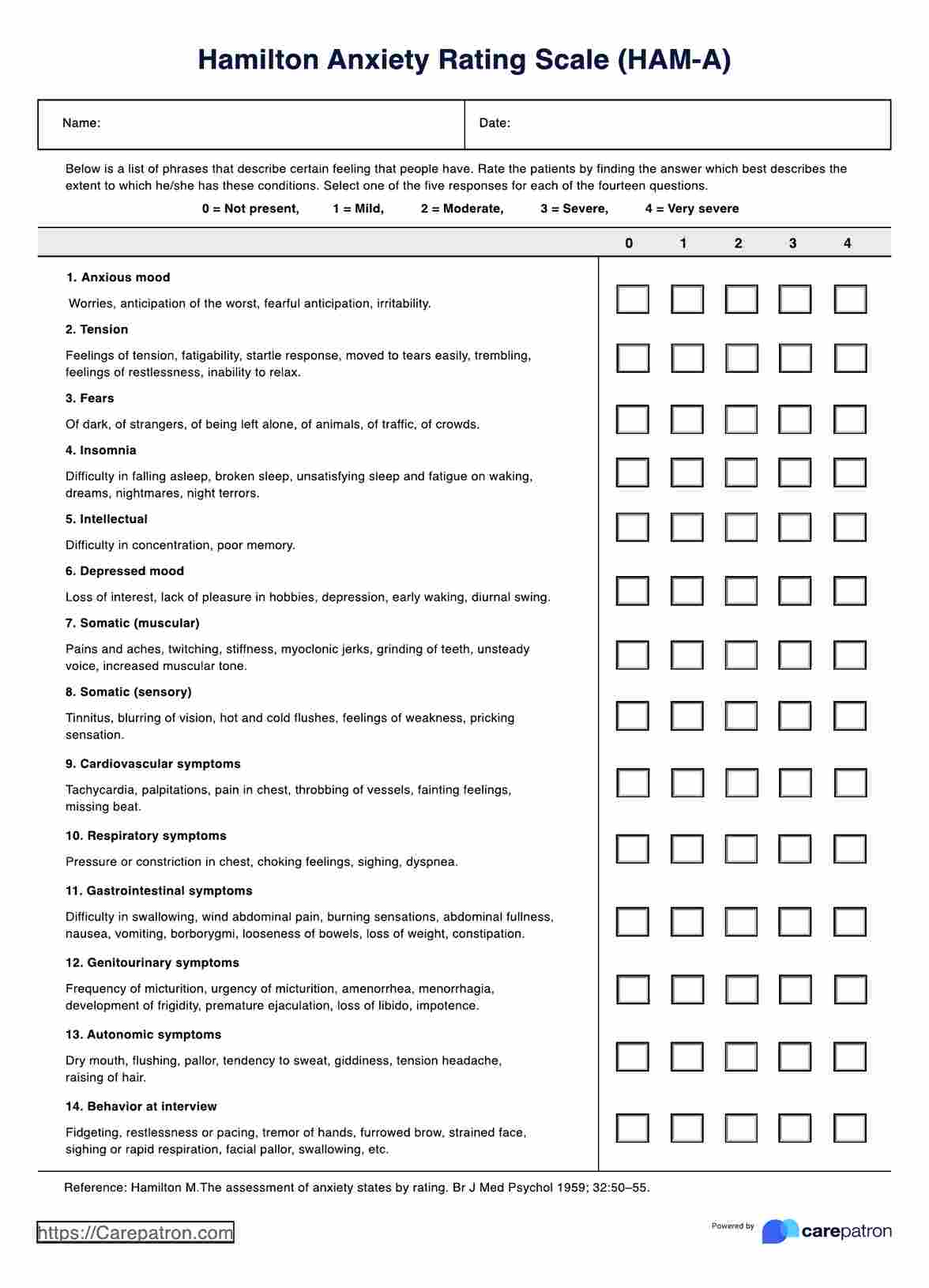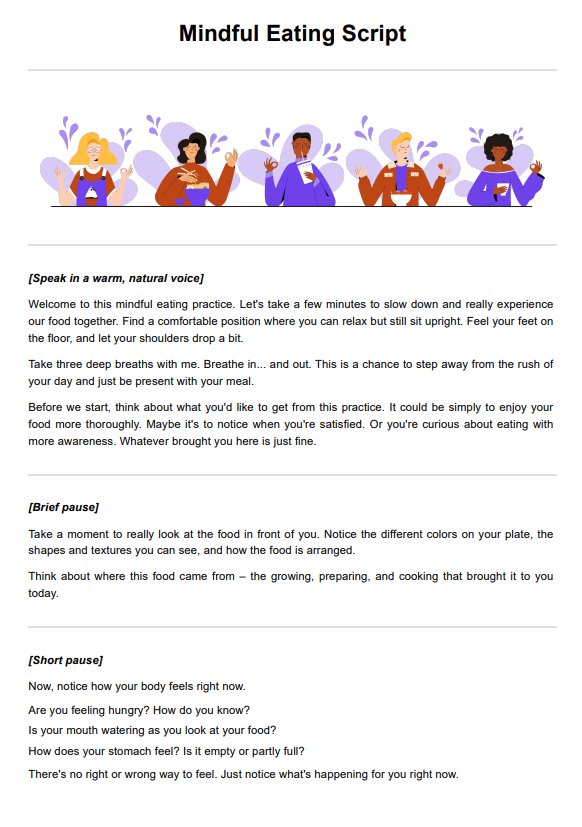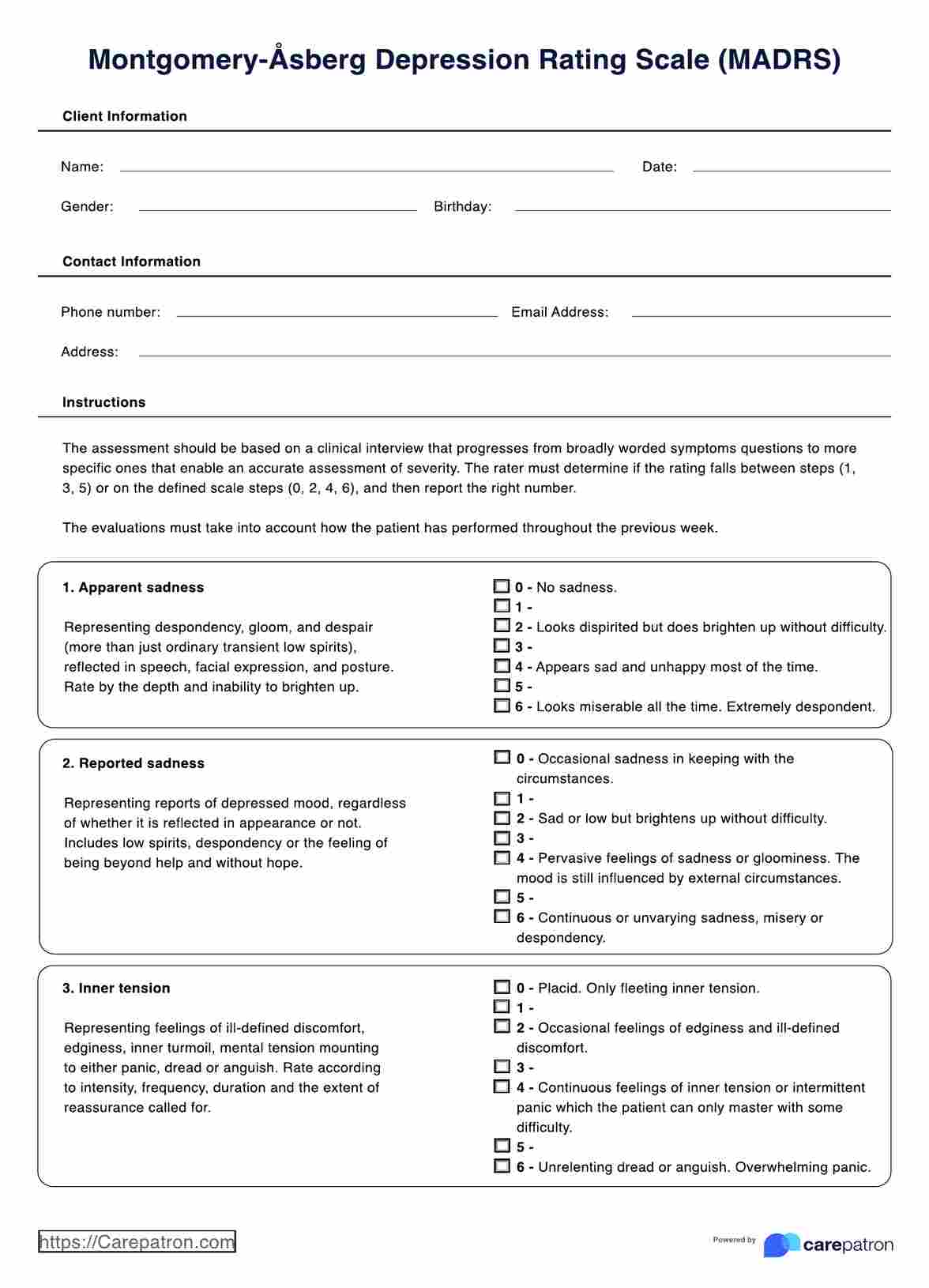Harm Reduction Worksheets PDF
Make your harm reduction psychotherapy meaningful and effective with the help of the Harm Reduction Worksheets PDF.


What is harm reduction?
The United States has experienced a significant increase in overdose deaths across all drug types since 2019, with the overdose mortality rate soaring by 50%, surpassing that of most other high-income countries, including Scotland (Gumas & Baumgartner, 2023). This surge in numbers calls for a need to implement tangible strategies to reduce drug-related harm.
While there are some instances in life when harm cannot be eliminated entirely, this does not mean that it can't be reduced. Harm reduction is an evidence-based public health strategy intervention to reduce the harm associated with drug use by providing individuals, particularly those unable to achieve abstinence, with tools and support to improve their well-being and potentially save lives (Canadian Paediatric Society, 2008; Coulson & Hartman, 2022).
Harm Reduction Worksheets PDF Template
Harm Reduction Worksheets PDF Example
What does harm reduction aim to do?
Harm reduction initiatives or programs primarily aim to save lives and improve the community's overall well-being. In a narrower lens, some of its aims cover the following:
- Enhancing awareness of safer substance use: When people are provided with materials and resources that educate them about the risks associated with substance abuse, they can find ways how to minimize harm to themselves and others.
- Reducing the stigma linked to addiction: Through a compassionate harm reduction lens, negative attitudes toward addiction can be reduced. This act can help support individuals who grapple with substance abuse.
- Promoting safe sexual practices: Harm reduction encourages practices such as condom use and safe sex education to reduce the risk of sexually transmitted infections and unplanned pregnancies.
- Facilitating access to health, social services, or support networks for drug users: Sometimes, all it takes for an individual struggling with substance abuse disorders is an opportunity to be given access and connection to health services. They will more likely respond to treatment programs when they feel seen and supported.
What are Harm Reduction Worksheets PDF?
Our Harm Reduction Worksheets are designed to guide individuals seeking recovery or reducing harm from substance abuse. They use motivational interviewing skills-based exercises to engage individuals in self-reflection. They're just like a flexible and practical workbook your clients can turn to and answer at their own pace.
Here are some of the worksheets that we've crafted to make it a more accessible and more engaging experience:
Identifying triggers for substance use worksheet
Identifying triggers for substance abuse is probably one of the first steps that one has to take in a harm reduction journey. Acknowledging these triggers helps them develop strategies for managing these triggers effectively the next time they feel like giving in to substance abuse.
You may want to incorporate other worksheets, such as the Internal Triggers of Substance Abuse CBT Worksheet and External Triggers of Substance Abuse CBT Worksheet for a more comprehensive reflection.
Hitting the target worksheet
Having goals or objectives gives individuals something to look forward to. It's nice to be reminded of these to avoid being thrown off into the abyss of drug-related harm. Goal-setting activities and visualizations can help them stay motivated and empowered. The worksheet has an image of a target in the middle, and your clients can draw arrows toward it to make it easier to visualize.
Support network tree
The people an individual surrounds themselves with matter. Mapping out their support system helps them recognize who these individuals are and that they can turn to when they need support and reinforcement in facing substance use challenges.
Melodies of progress: your harm reduction playlist
This creative activity encourages individuals to curate a personalized playlist of empowering songs that inspire and motivate them along their journey. It is a fun take because they can have the chance to pick the songs that truly resonate with them. Plus, they can provide descriptions to remind them of how they feel.
Tuning progress: harm reduction review
Designed for reflection and evaluation, this worksheet prompts individuals to review their progress towards harm reduction goals, identifying successes, challenges, and areas for adjustment or improvement. Once filled out, this can assist the therapist in creating a personalized recovery plan.
Who can use these worksheets?
Are you wondering who could benefit from these worksheets? Here are some examples of who can use them and how they can be helpful.
- Addiction counseling specialists: They can utilize this in their work with clients, aiding in implementing harm reduction strategies.
- Licensed professional clinical counselors: These worksheets can be utilized by licensed professional clinical counselors to support clients in addressing substance use concerns within a harm reduction framework. In return, it can promote healthier behaviors and reduce risks associated with addiction.
- Human services organizations: These worksheets can be employed by human services organizations as part of their programming to provide support and resources to individuals affected by substance use, foster harm reduction approaches, and facilitate access to necessary services and support.
- Individuals on a harm reduction journey: These can provide practical guidance to support them as they self-reflect and engage in the exercises.
Research and evidence
Many studies looked at how well harm reduction helps with specific problems. A study by Natarajan (2010) found that full participation in harm reduction programs, which combine methadone treatment and needle exchange, is linked to a reduced risk of HIV and HCV infection, underscoring the significance of comprehensive prevention measures in stemming the spread of these diseases among drug users.
A similar study by Wilson et al. (2015) showed that harm reduction methods like needle-syringe programs (NSPs) and opioid substitution therapy (OST) can lower HIV rates among drug users. But not enough places have these programs yet, so more places need to start them to help with HIV problems.
In 2016, Charlet and Heinz synthesized findings from 63 studies, demonstrating interventions targeting alcohol reduction, including total abstinence. They found that it yielded positive health outcomes such as reduced injuries, improved cardiac function, lower blood pressure, and enhanced mental health and quality of life.
Also, Levengood et al. (2021) looked into supervised injection facilities where people can safely inject drugs. These places can help reduce overdose deaths and give better healthcare access without causing more crime or trouble in the neighborhood.
References
Canadian Paediatric Society. (2008). Harm reduction: An approach to reducing risky health behaviours in adolescents. Paediatrics & Child Health, 13(1), 53–56. https://doi.org/10.1093/pch/13.1.53
Charlet, K., & Heinz, A. (2016). Harm reduction -a systematic review on effects of alcohol reduction on physical and mental symptoms. Addiction Biology, 22(5), 1119–1159. https://doi.org/10.1111/adb.12414
Coulson, M., & Hartman, M. (2022, February 16). What is harm reduction? | Johns Hopkins Bloomberg School of Public Health. Publichealth.jhu.edu. https://publichealth.jhu.edu/2022/what-is-harm-reduction
Gumas, E., & Baumgartner, J. (2023, June 22). U.S. overdose deaths remain higher than in other countries — how harm-reduction programs could help. Www.commonwealthfund.org. https://www.commonwealthfund.org/blog/2023/us-overdose-deaths-remain-higher-other-countries-how-harm-reduction-programs-could-help
Levengood, T. W., Yoon, G. H., Davoust, M. J., Ogden, S. N., Marshall, B. D. L., Cahill, S. R., & Bazzi, A. R. (2021). Supervised injection facilities as harm reduction: A systematic review. American Journal of Preventive Medicine, 61(5), 738–749. https://doi.org/10.1016/j.amepre.2021.04.017
Natarajan, M. (2010). Full participation in harm reduction programmes is associated with decreased risk for human immunodeficiency virus and hepatitis C virus: evidence from the Amsterdam Cohort Studies among drug users. In Drug Abuse: Prevention and Treatment. Routledge.
Wilson, D. P., Donald, B., Shattock, A. J., Wilson, D., & Fraser-Hurt, N. (2015). The cost-effectiveness of harm reduction. International Journal of Drug Policy, 26(1), S5–S11. https://doi.org/10.1016/j.drugpo.2014.11.007
Commonly asked questions
No, harm reduction does not promote drug use but instead aims to minimize the negative consequences associated with substance use.
Harm reduction is crucial because it focuses on reducing the harm caused by substance use and risky behaviors.
It depends on how much you want to dive into each worksheet and how quickly you absorb the information. Some might finish them in just a few minutes, while others might take an hour or more to digest everything and reflect on it properly.


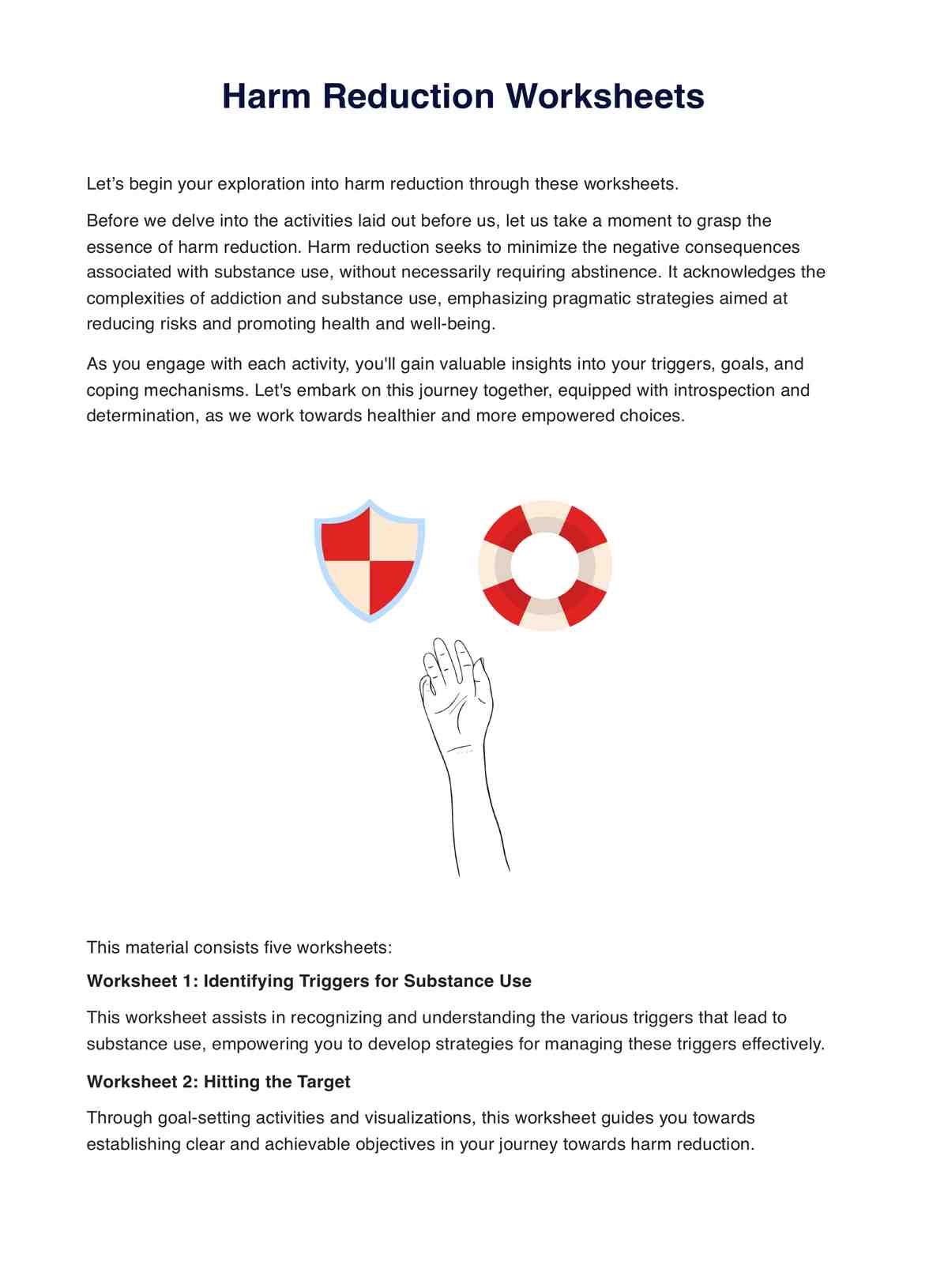
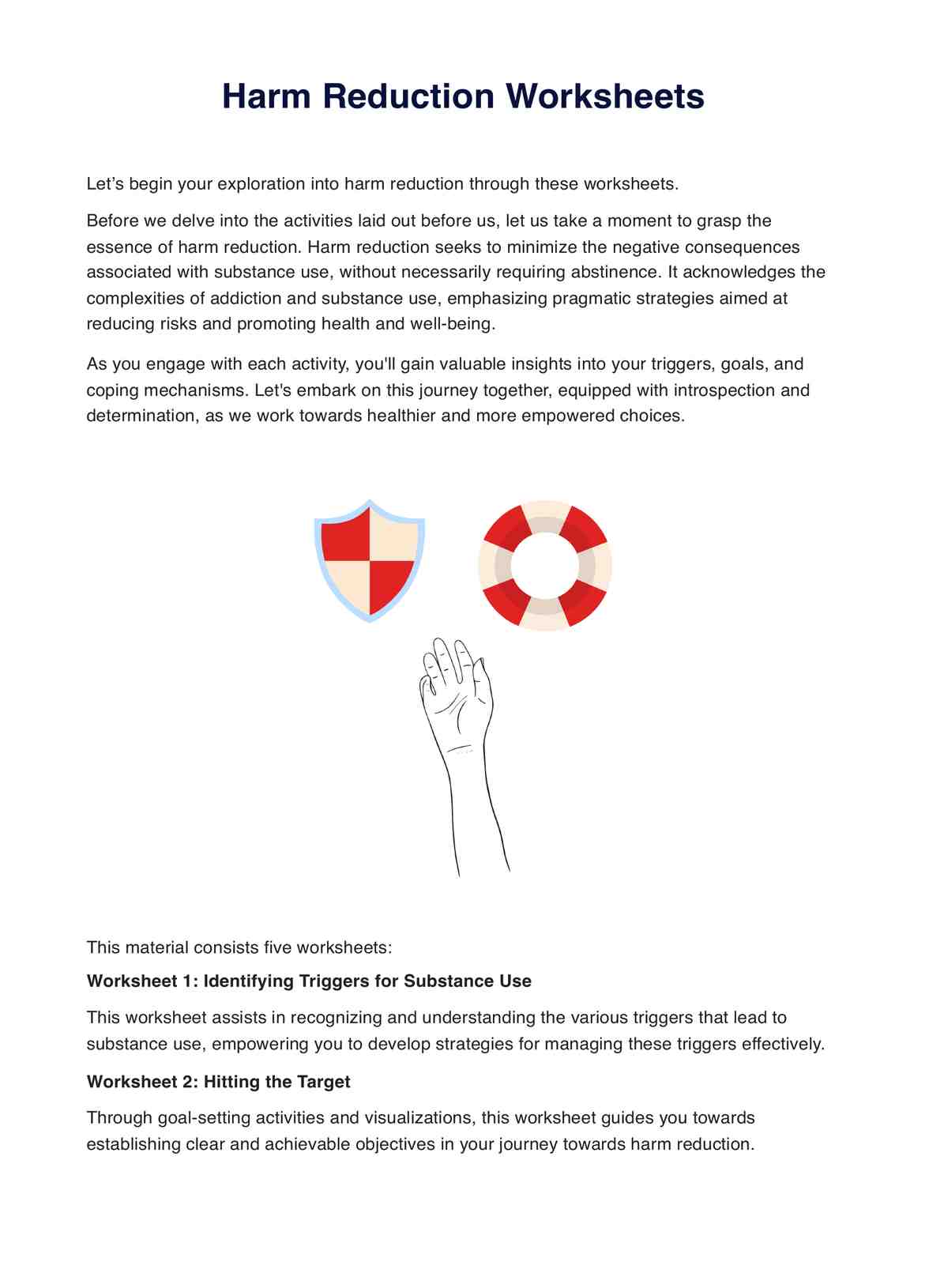

















-template.jpg)



















































































